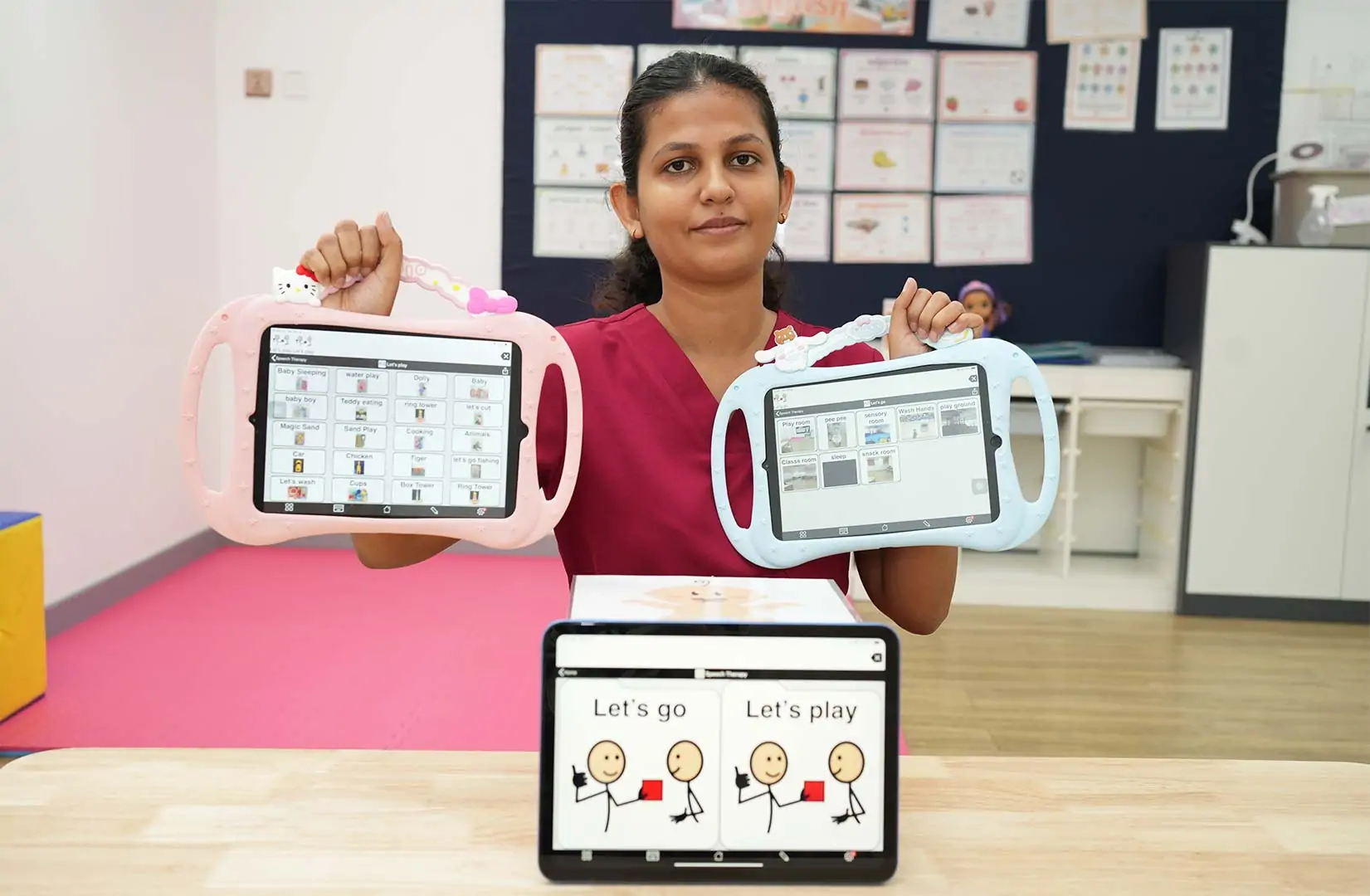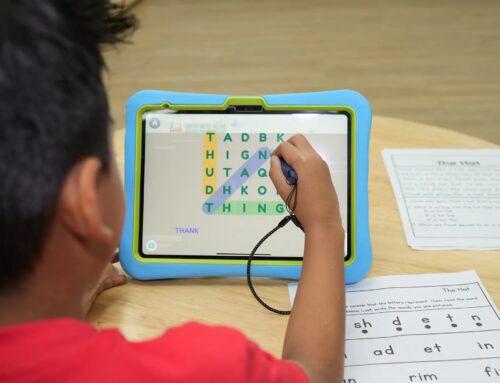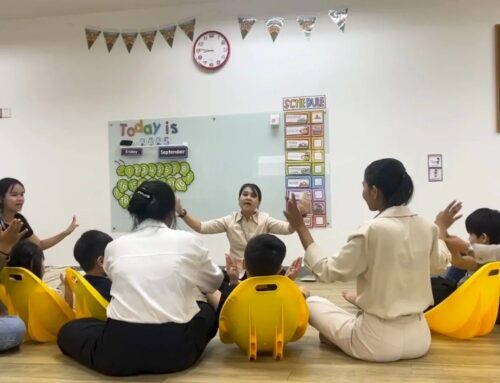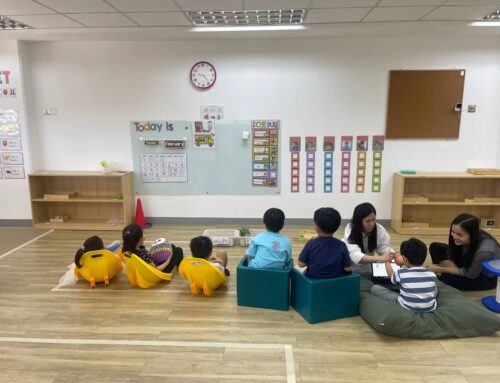When parents first hear about communication systems like PECS or AAC apps, the choices can feel overwhelming. At OrbRom Center, we help families find the right AAC (Augmentative and Alternative Communication) approach for their child’s needs—whether that means starting with PECS or moving toward a robust core-word AAC system. Understanding these options (and busting a few myths) is the first step to empowering your child’s voice.
Understanding PECS and Core-Word AAC
PECS (Picture Exchange Communication System) is a structured teaching method that begins with exchanging pictures to request items. It’s great for building communication initiation—the act of reaching out and expressing a need.
-
Best for: Early communicators or children with limited attention, fine motor, or symbolic understanding.
-
Strengths: Simple, tangible, visual. Builds motivation to communicate.
-
Limitations: Focuses mostly on requests and doesn’t easily expand into natural conversation.
Core-word AAC systems, like Proloquo2Go or TouchChat, use symbols and text-based vocabulary built around core words—common, flexible words such as want, go, more, help, stop.
-
Best for: Children ready to express ideas beyond requests—social comments, emotions, questions, or storytelling.
-
Strengths: Encourages language growth, grammar, and real conversation.
-
Limitations: Requires more modeling and consistent use from adults.
Many children begin with PECS and gradually transition to a core-word AAC system once they’re ready to communicate for more than basic needs. See how this aligns with Augmentative and Alternative Communication apps and our overview of Communication and language development.
Myth: “AAC Prevents Speech”
This is one of the most damaging misconceptions in special education.
Truth: AAC supports speech, it doesn’t replace it. Research and decades of practice show that when children use AAC:
-
They often increase their spoken words.
-
They learn language structure and turn-taking through visual and auditory reinforcement.
-
They feel less frustration, which creates more opportunities for speech to emerge naturally.
At OrbRom Center, therapists integrate AAC with spoken language goals. A child may tap “want juice” on a device and say “juice” aloud; both are celebrated as communication success. Read related insights in Speech Therapy for nonverbal children and How AAC devices are transforming speech therapy for nonverbal kids.
How to Choose the Right Path
Every AAC journey starts with assessment. At OrbRom, our Speech Therapy and Assessments teams evaluate your child’s current communication level, attention span, sensory profile, and fine motor skills.
We consider questions like:
-
Does your child understand cause and effect?
-
Can they match pictures to real items?
-
Are they motivated to communicate with adults or peers?
-
Can they handle multiple symbols on a screen?
Based on these answers, we might begin with PECS Stage 1–3 to build initiation, or jump directly into a core-word AAC app with guided modeling and family training. Learn more in AAC devices for nonverbal children and Social communication and interaction challenges.
What an AAC Plan Looks Like at OrbRom Center
-
Assessment and device matching: Selecting the right platform or visuals.
-
Parent and teacher training: Ensuring everyone models AAC daily.
-
Integrated speech goals: Combining AAC use with verbal imitation, gestures, or oral-motor work.
-
Progress tracking: Reviewing vocabulary growth, independence, and generalization.
By combining structured tools like PECS and flexible AAC systems, OrbRom helps children find their most efficient and empowering communication style—spoken, visual, or multimodal.






